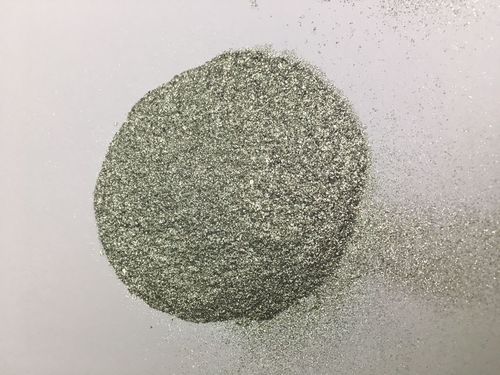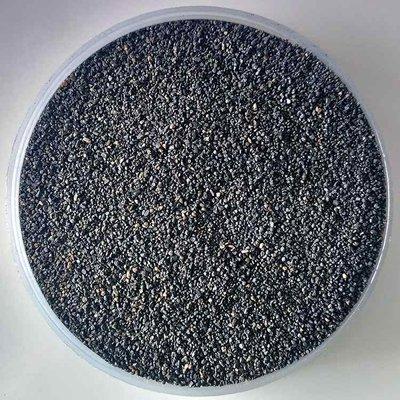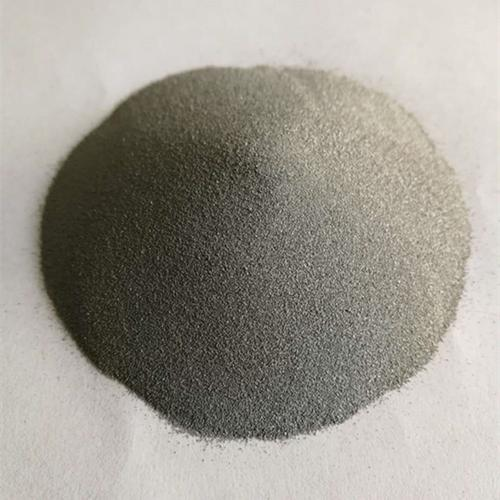**Metallic Powder Pricing Secrets: What You’re Really Paying For**
(How Much Is A Metallic Powder Cost)
Ever stare at a quote for metallic powder and wonder, “Why *that* number?” It’s not like buying sugar. The price tag hides a complex story. Unpacking the true cost of metallic powder means digging into science, process, and market forces. Forget simple answers. This is about understanding the value packed into every micron-sized particle.
**1. What Exactly is Metallic Powder?**
Think tiny metal bits. Really tiny. We’re talking particles often finer than beach sand, sometimes even smaller than a human blood cell. These aren’t random shavings. They are carefully engineered materials. Manufacturers control their size, shape, and purity with incredible precision. Common types include iron powder, aluminum powder, copper powder, titanium powder, and exotic alloys like Inconel or tungsten carbide. Each type behaves differently. Some flow like water. Others clump together. Some spark easily. Others are super stable. The base metal defines core properties like strength, weight, melting point, and how it reacts with its environment. Particle shape matters too. Spherical powders often flow better and pack densely. Irregular shapes might lock together mechanically, useful for certain applications. Surface chemistry is another layer. Is the powder pure? Does it have a thin oxide coating? Is it coated intentionally for performance? This microscopic world dictates how the powder performs later. It’s the foundation everything else builds upon.
**2. Why Does Metallic Powder Cost Vary So Wildly?**
Don’t expect a flat rate. Prices swing dramatically. Several heavy hitters drive this. First, the raw metal itself. Gold powder costs astronomically more than iron powder. Obvious. But even within similar metals, purity is king. 99.9% pure titanium powder commands a massive premium over 98.5% pure. Impurities cost less to make but cause big problems later. Next, particle size. Making super fine powder is hard. Think grinding metal smaller and smaller without ruining it. Finer powders often cost much more per pound than coarser grades. Tighter size distributions (all particles nearly the same size) also bump the price. Production method is crucial. Gas atomization, where molten metal is blasted by high-pressure gas into droplets, is common for high-quality spherical powders. It’s expensive. Water atomization is often cheaper but makes more irregular shapes. Plasma processes or chemical routes for exotic materials? Even pricier. Complexity adds dollars. Special treatments like annealing (heat treating for stress relief) or surface coating (say, with a polymer for flow) add steps and cost. Finally, market basics apply. Order volume matters. Buying a ton costs less per kilo than buying a kilo. Supplier reputation and quality certifications factor in. Global metal prices fluctuate daily. Shipping heavy powder adds freight cost. It’s a complex recipe determining your final quote.
**3. How Manufacturing Methods Dictate Your Price Tag**
How the powder is made directly hits your wallet. Let’s break down common routes. Water Atomization: Molten metal gets hit by a high-pressure water jet. This shatters it into particles. It’s relatively fast and cheap. But particles are irregular, often oxidized, and may contain dissolved gases. Good for many press-and-sinter applications where cost is key. Gas Atomization: Here, inert gas (like argon or nitrogen) blasts the molten stream. It produces smooth, spherical powders with low oxygen and high purity. Essential for demanding jobs like aerospace 3D printing or medical implants. Naturally, it costs significantly more than water atomization. Plasma Atomization: Uses a super-hot plasma torch to melt and atomize metal wires, especially great for reactive metals like titanium. Delivers ultra-clean, spherical powder. Top quality, top dollar. Electrolysis: Passes electricity through a solution to deposit metal powder. Used for copper, iron, sometimes nickel. Offers high purity but can be energy-intensive. Chemical Reduction: Uses chemical reactions to reduce metal compounds into powder. Common for tungsten, molybdenum. Can be complex and costly. Centrifugal Atomization: Spins molten metal off a disc at high speed. Produces controlled particle sizes, often used for specialty alloys. Each method has its niche, its quality level, and its price point. Choosing the right one balances performance needs against budget.
**4. Key Applications Where Metallic Powder Shines**
This stuff isn’t just sitting in bags. It’s enabling modern tech. Metal Additive Manufacturing (3D Printing) is a huge driver. Printers layer metallic powder, laser or electron beam melting it precisely. This builds complex, lightweight parts for jets, rockets, medical devices, and custom tools. Impossible shapes become reality. Powder Metallurgy (PM) is the classic. Press powder into a mold, then bake (sinter) it. This makes strong, near-net-shape parts. Think automotive gears, bearings, sprockets, and power tool components. Billions of parts yearly. Metal Injection Molding (MIM) mixes fine powder with plastic binder. Inject it like plastic, then remove the binder and sinter. Creates intricate, small metal parts for watches, firearms, medical instruments, and electronics. Thermal Spray uses powder fed into a flame, plasma, or HVOF gun. It melts and blasts the particles onto surfaces for wear-resistant coatings, corrosion protection, and repairs. Think jet engine blades or pump shafts. Brazing and Soldering pastes contain metallic powder. They melt and flow to join metal parts cleanly in electronics and plumbing. Chemical processes use metal powders as catalysts or reactants. Iron powder removes oxygen in food packaging. These diverse uses demand specific powder properties, justifying the cost for the right performance.
**5. Metallic Powder Cost FAQs**
Buyers always have questions. Here are the big ones:
* **What’s the ballpark cost per kilo?** Impossible to say simply. Iron powder might start around $2-$5/kg for basic grades. Common stainless steel powder for AM might be $50-$100/kg. Aerospace titanium powder? Easily $300-$600/kg or more. Aluminum and copper sit somewhere in between. Always get specific quotes.
* **Why is 3D printing powder so expensive?** It demands extreme quality. High purity, perfect sphericity, tight size control, excellent flow, low oxygen/nitrogen. Making this consistently requires advanced gas atomization and rigorous handling, adding significant cost.
* **Can I get cheaper powder?** Sometimes. For less critical PM parts, lower purity or coarser water-atomized powder works. But cheaper often means compromises: lower strength, more defects, inconsistent flow. Know your application’s real needs first.
* **How does quantity affect price?** Massively. Buying a 25kg drum costs much more per kilo than a 500kg tote or a full truckload. Suppliers offer volume discounts. Plan your needs if possible.
(How Much Is A Metallic Powder Cost)
* **Are there hidden costs?** Often. Consider shipping (powder is heavy). Testing certificates (COA). Special packaging (moisture-sensitive powders need sealed containers). Handling fees for small orders. Recycling or disposal of unused powder. Factor these in.
Inquiry us
if you want to want to know more, please feel free to contact us. (nanotrun@yahoo.com)


